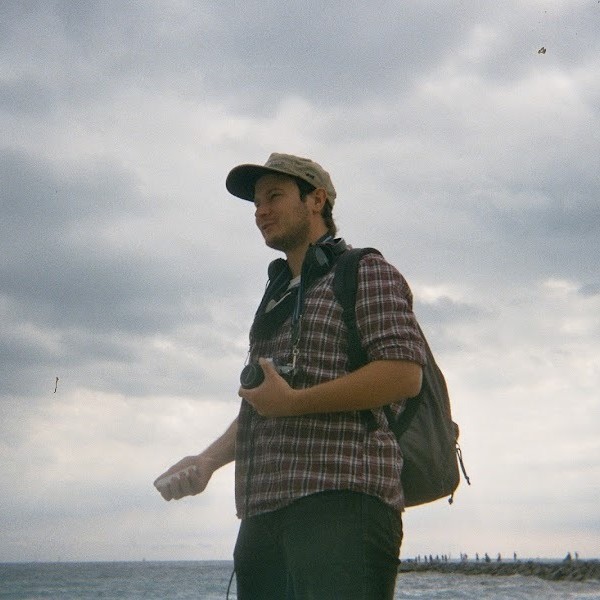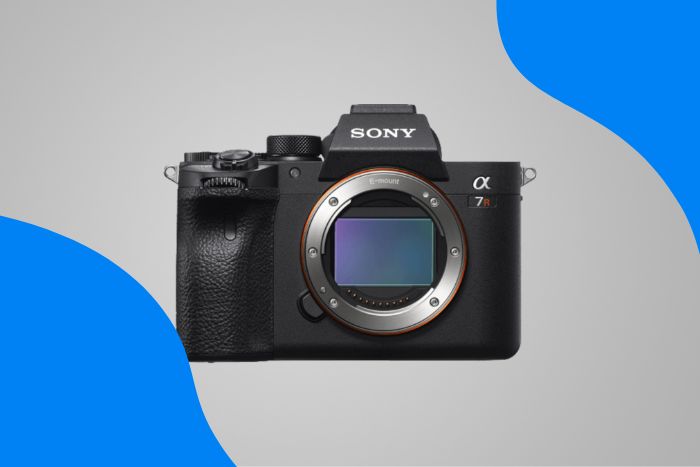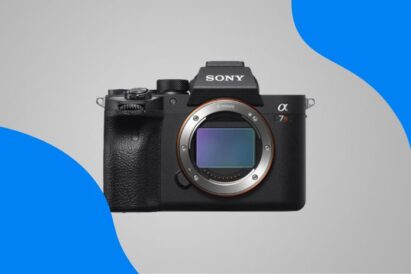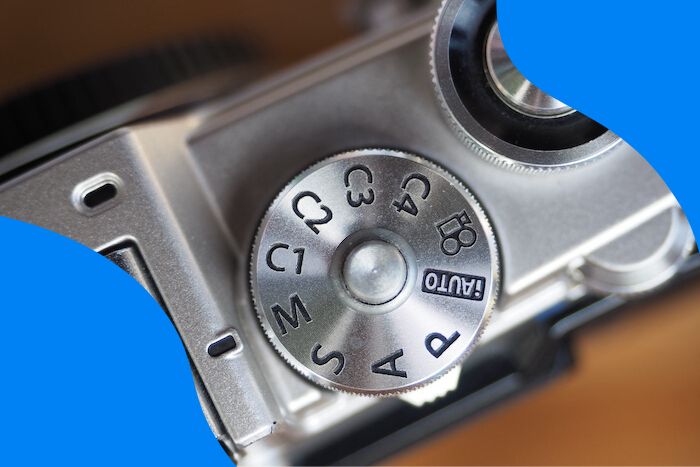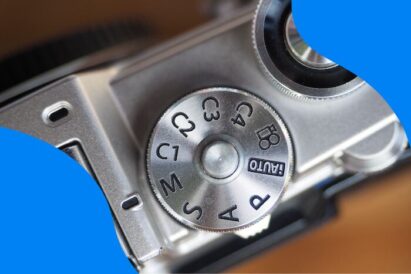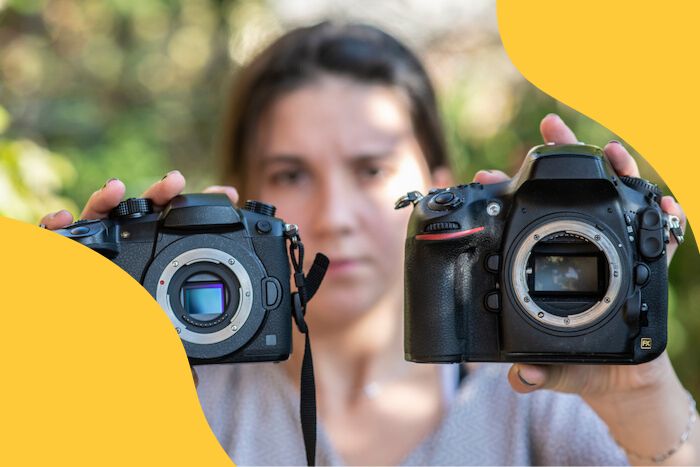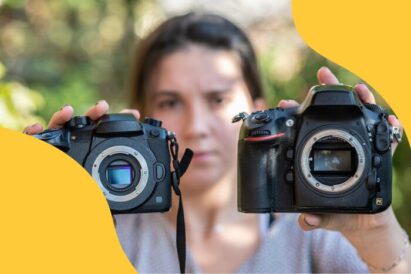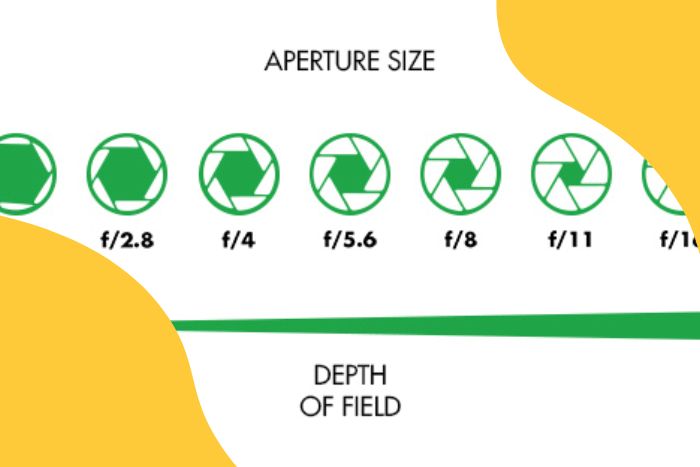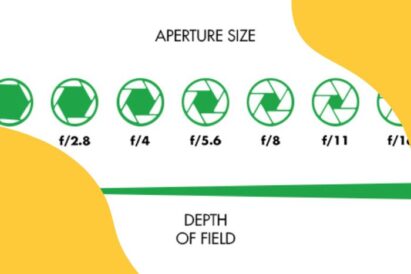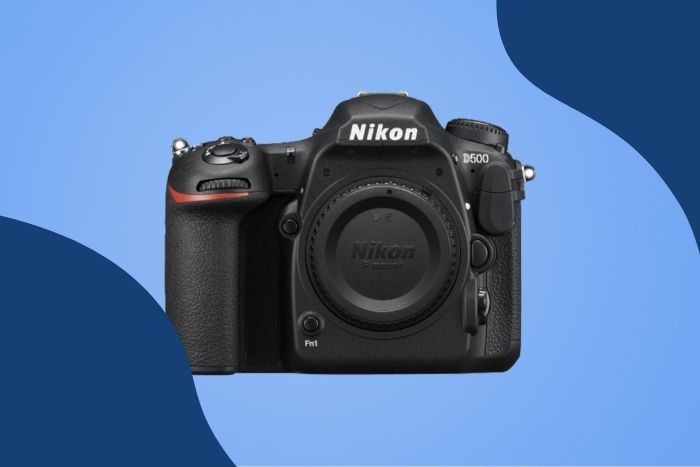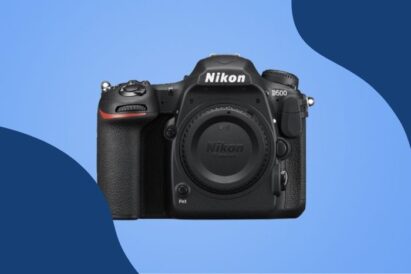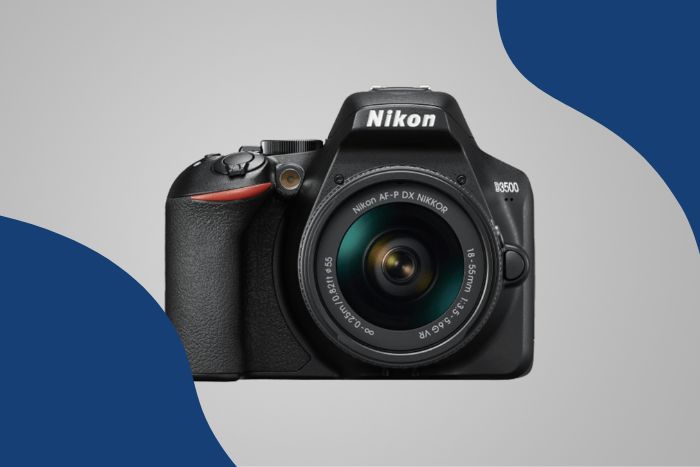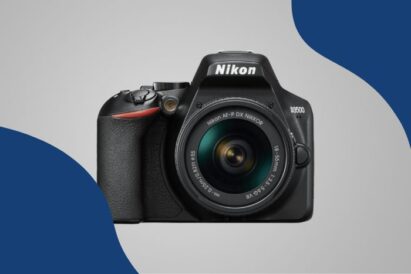Are you buying photography equipment for the first time? Keeping your photo equipment in order is difficult, even for professionals. For a beginner photographer, it’s also daunting to figure out exactly what camera equipment you need.
There’s a lot of information out there. And camera gear is expensive. So it’s best to focus on what’s most important. Our equipment checklist guides you through the confusing world of digital cameras and video gear.
We list the ten most important pieces of photography equipment for beginners. And we also explain each one. So you’ll be able to build a solid photography kit without wasting time and money on useless camera gear. So let’s get started!
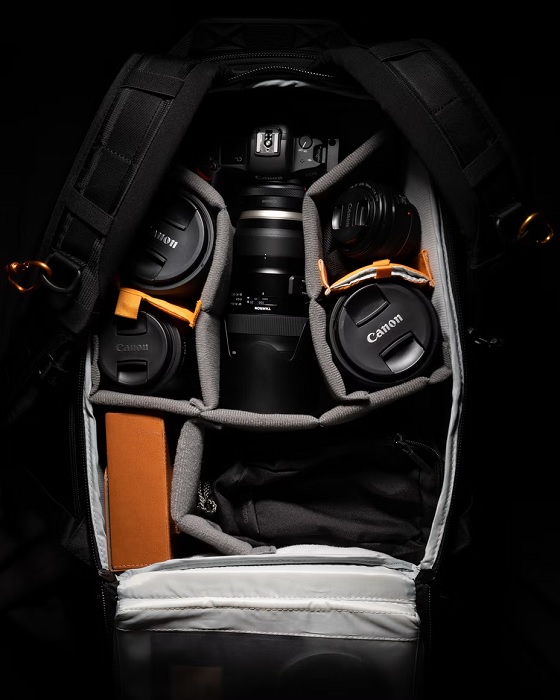
10 Essential Pieces of Photography Equipment
We start with the most important pieces of kit for a beginner photographer. Then we go through the extra camera gear to build your equipment base. Each item helps you survive as a working photographer.
You don’t need to buy all the equipment on the list immediately. But this checklist will help you plan your strategy and see what photo essentials you need. And step by step, you’ll be prepared for any photography scenario.
1. Camera
Of course, you can’t take any photos without a camera. It’s the most important part of a photographer’s kit. So it’s the best place to start any photo gear checklist.
But there are many different cameras out there, and just as many opinions on which is the best! So you need to find the one that suits your needs as a photographer.
There is a range of online resources like our camera comparison tool. It can help you narrow down your options. But to help you start, we’ll give you the basics of what to look out for.
The different types of cameras to choose from can be confusing at first glance. But when you know what’s available, you can determine the camera you want or need.
Compact Cameras
We’ll start with compact cameras. They have a fixed lens, often with zoom capabilities. They are small cameras, as the name suggests. And they are easy to use. They are also known as point-and-shoot cameras.
One of our guides for buying point-and-shoot cameras has the Panasonic Lumix DMC ZS100 as the top choice.
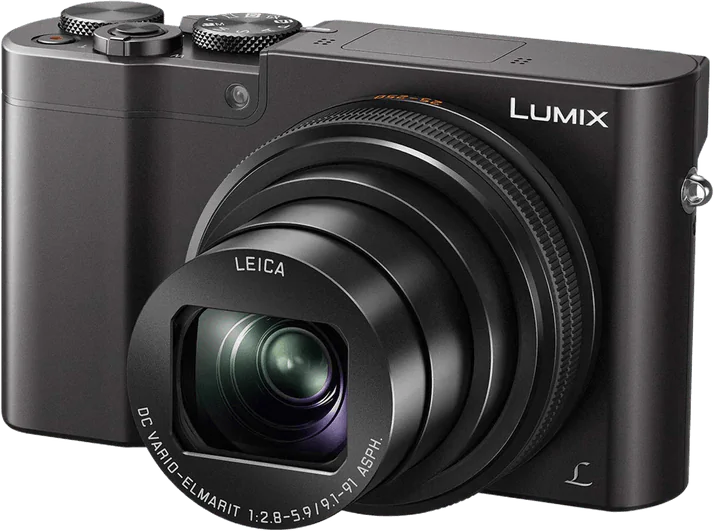
You also have “interchangeable lens” cameras. These camera bodies have lenses you can detach from, allowing you to change lenses at any time. And there are different types of interchangeable lens cameras.
DSLR Cameras
You have DSLR cameras that have a mechanical shutter system. They are usually a solid camera choice with excellent photography specifications. For inspiration, read our article on the best budget DSLR camera for beginners.
But are DSLRs coming to an end? It’s a question we’re hearing more often these days.
Nikon and Canon are the two camera brands known for DSLR cameras. And they have both announced they won’t develop any new DSLR models. That’s bad news for DSLR lovers.
But some excellent DSLR models exist for beginners, like the Canon EOS Rebel T8i. But the future doesn’t look bright for the DSLR camera.
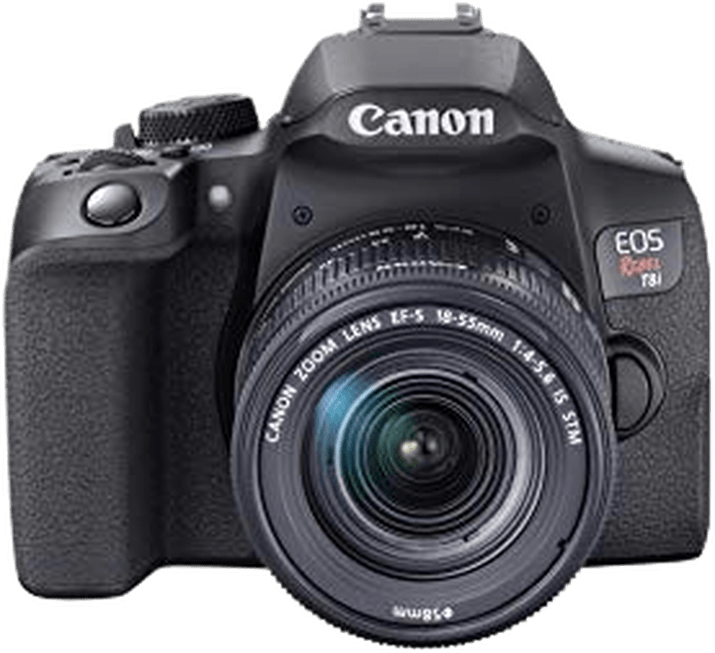
Mirrorless Cameras
Then you have mirrorless cameras. These have an electronic shutter instead of a mechanical one. They often have a smaller and lighter camera body than DSLRs. And they have impressive specs for photos and videos.
The mirrorless camera is replacing the DSLR at the head of the camera market. But they have a reputation for being expensive. There are more and more affordable models for beginners, though.
The Canon EOS R10 is a brilliant mirrorless camera for beginners. It has a lightweight and compact body. And it has excellent hybrid features for photo and video production. It also comes with a fantastic kit lens.
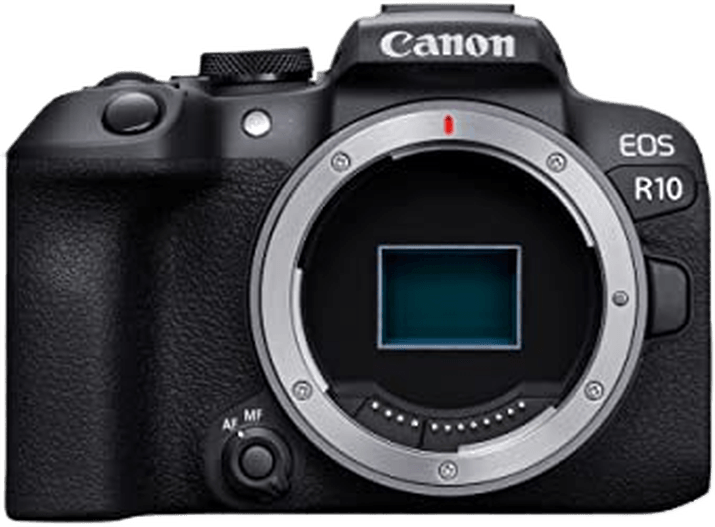
Film Cameras
I still love using film cameras. There’s nothing like the clunks and clicks of an “analog” camera. Film photography doesn’t have the conveniences of digital photography. So you have more running costs.
But film has a quality that digital technology can’t replicate. The cameras have mechanical parts. And there’s a chemical reaction when the light hits the film. It’s a physical and hands-on experience.
The Canon AE-1 is my favorite 35mm camera. It’s heavy and clunky. But that’s why many other film shooters and I love it. And it produces fabulous photos! You can read my Canon AE-1 review for more details.
You can find plenty of second-hand film cameras online. And you can check out my favorite black and white film stocks.
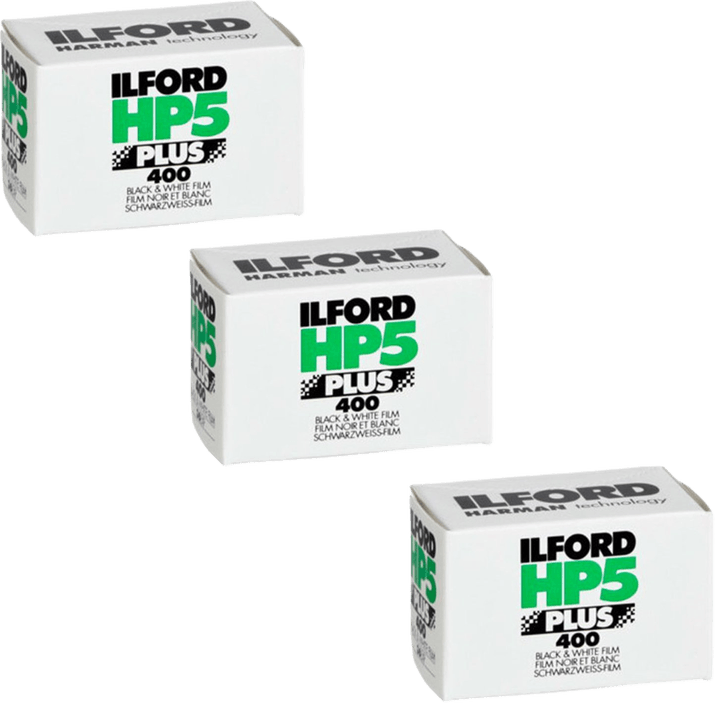
Sensor Size
The size of the sensor says a lot about a camera. It alludes to a camera’s capabilities. It gives you an idea of the camera’s user level. And it can even give you clues about the price.
Compact cameras often have a one-inch sensor. Interchangeable lens cameras have three common sensor sizes:
- Micro Four Thirds: The smallest of the three.
- APS-C: This is in the middle and is the most common sensor size.
- Full Frame: The biggest of the three.
You also have medium format cameras. Their sensors are larger than full frame. They have very high MP counts and produce high-quality images. But they are expensive, specialist, professional-level cameras.
You can compare sensor size and the megapixel (MP) count to get an idea of the image quality you’ll get. This is only a general rule. But the higher the MP count, the better the image quality. And larger sensors tend to have more MP.
You can read our article on full frame vs APS-C sensors.
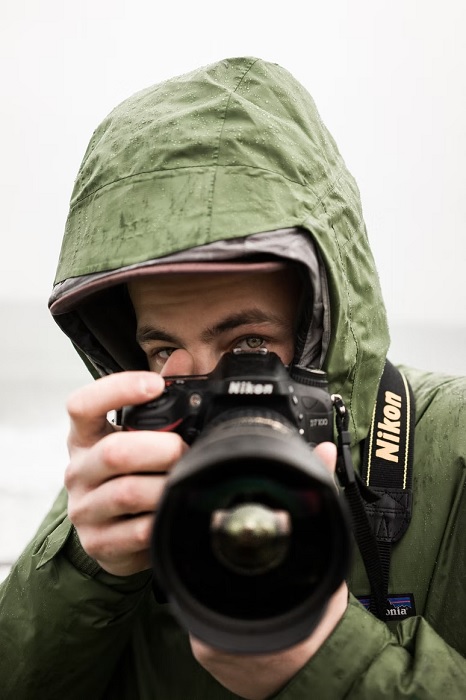
2. Camera Lens
You don’t need to worry about extra lenses if you’re working with a compact camera. But you need to consider lenses if you have a DSLR or mirrorless camera.
Some cameras might be packaged with a lens. But you can always buy only the camera body and choose the lens you prefer. It’s always a good idea to check a camera’s lens mount and see what lenses are available.
There are many different kinds of lenses. It’s good to start with a prime or zoom lens, depending on what you want to photograph.
Prime lenses have a fixed focal length. For example, a 50mm prime lens has a fixed focal length of 50mm. The level of magnification doesn’t change.
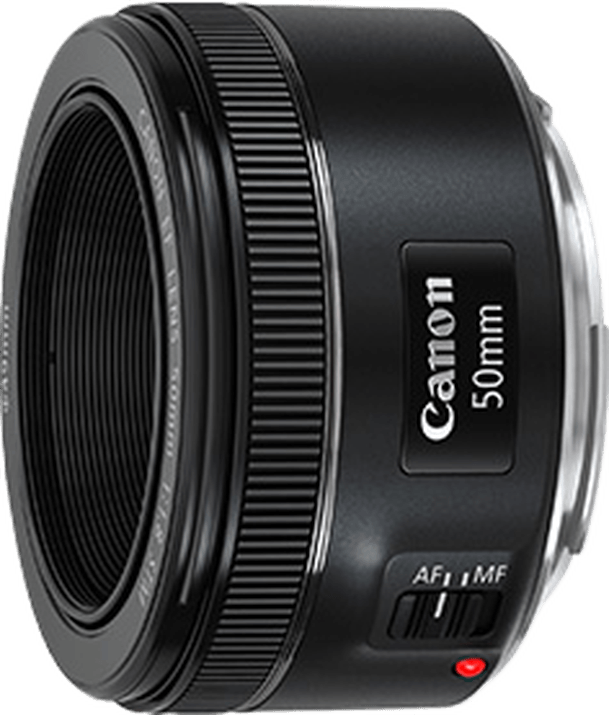
Zoom lenses have a changeable focal length that magnifies the image through the lens. So with a 24-105mm lens, you can adjust the focal length between those limits to zoom in and out.
Prime lenses usually have better optical quality and feature less aberration and distortion. But zoom lenses are more versatile and give you more shot options without changing lenses.
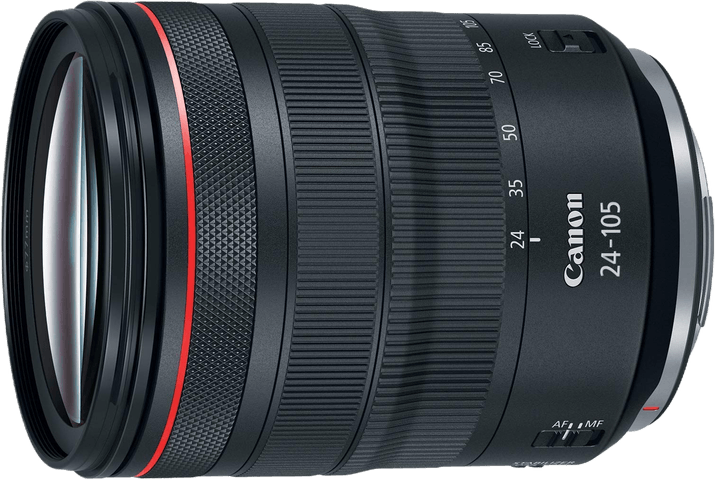
A wide-angle lens has a short focal length. It gives you a wider view of the scene.
And a telephoto lens has a large focal length to give you incredible magnification levels. They’re popular to use with wildlife and sports photography.
You can also get macro lenses for macro photography if you like shooting things close up. And fish-eye lenses give you an ultra-wide-angle view.
3. Camera Cleaning Products
Camera and lens maintenance is an essential part of being a photographer. It isn’t glamorous. But keeping your camera clean is vital to your success as a photographer.
Unclean camera equipment can affect your work. And it can even ruin your gear! But don’t be tempted to clean a camera lens with any old cloth. You’ll do more harm than good.
It’s best to use a special camera cloth for wiping the lens glass. Normal fabrics will scratch and smudge your lenses, ruining the quality of your images.
You can also get air blowers to clean dust from the camera sensor. (The sensor is incredibly sensitive, so you should never touch it.)
A professional camera might have a built-in sensor cleaning system. If not, you can use an air blower to remove dust without causing any damage.
A cleaning kit doesn’t cost much. But keeping your cameras and lenses clean can save you heaps of cash in the long run. It isn’t exciting. But camera maintenance is a part of photography you can’t overlook.
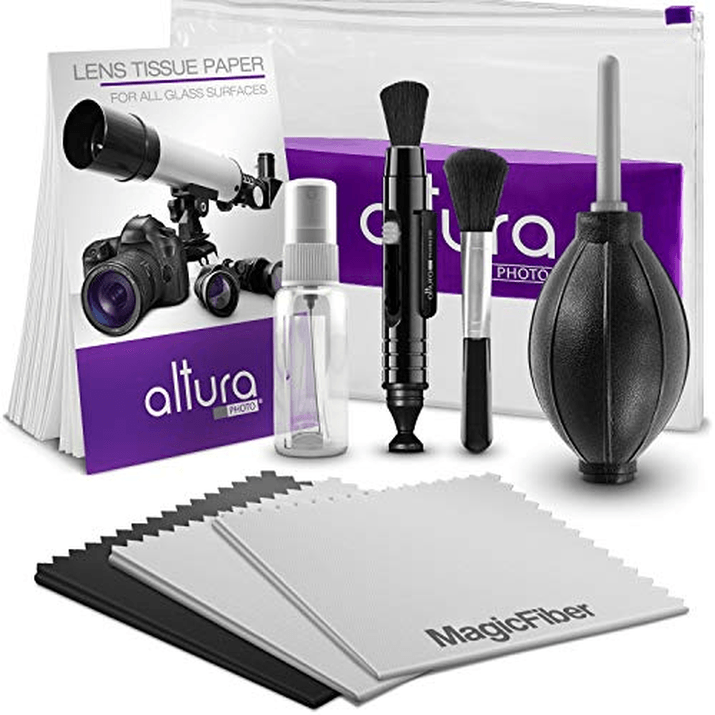
4. Camera Bag
A camera bag is just as important as the photography equipment you put inside it. And as soon as you start shooting outside your house, you need a good camera bag. They keep your camera safe and protected when you’re on the move.
Many photographers use camera backpacks. They strap onto your shoulders like a normal backpack. But they have padded pouches that protect your camera gear.
A good camera backpack has enough space for two camera bodies and at least two lenses. And they are made to hold camera equipment with tailor-made straps, pouches, and padded compartments.

So don’t be fooled into thinking you can use a normal backpack for camera gear. Take it from me. It won’t be long until things get damaged. You have to see it as an investment. And it’s one you won’t regret.
Messenger bags are also popular with photographers. They’re stylish and drape over one shoulder. And they give you easy access to your photography equipment.
They’re not as spacious as backpacks. But many photographers prefer a messenger camera bag.
And camera hard cases are another useful type of camera bag. They’re ideal if you’re flying or traveling with your camera equipment. Professional photographers need a hard case if they travel for work.
5. Memory Cards
All digital photographers need memory cards. Professional photographers might carry dozens at a time. But even amateurs won’t get far with only one memory card.
Memory cards fill up fast on a photo shoot. And you’ll always need spare ones. This means you also need a memory card case. Read our article on all the different types of memory cards out there.
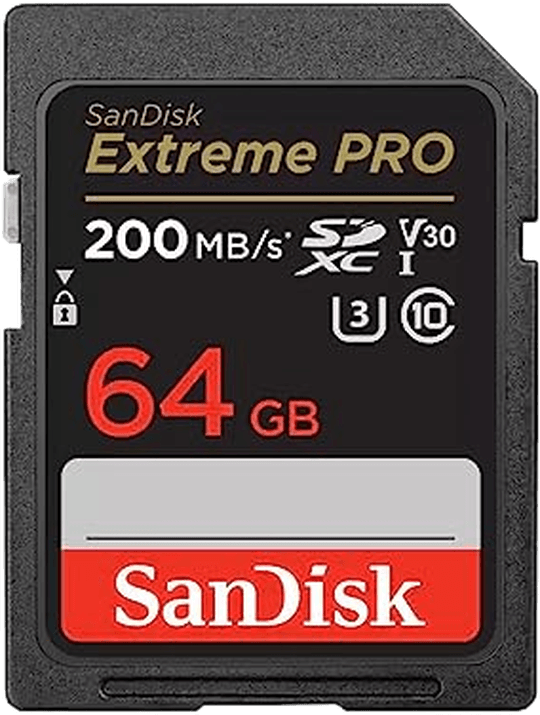
6. Editing Software
Photographers at all levels use photo editing software. Some use them for touch-ups and adjustments. And other photographers make large, sweeping changes to their work in post-processing.
Adobe is a big name in photo editing software. Adobe Lightroom has become a must-have for amateur and professional photographers alike. And Adobe Photoshop is the industry-leading software for image editing.
And artificial intelligence (AI) has also become the norm when editing photos. So there is also AI-powered editing software like Luminar Neo from Skylum.
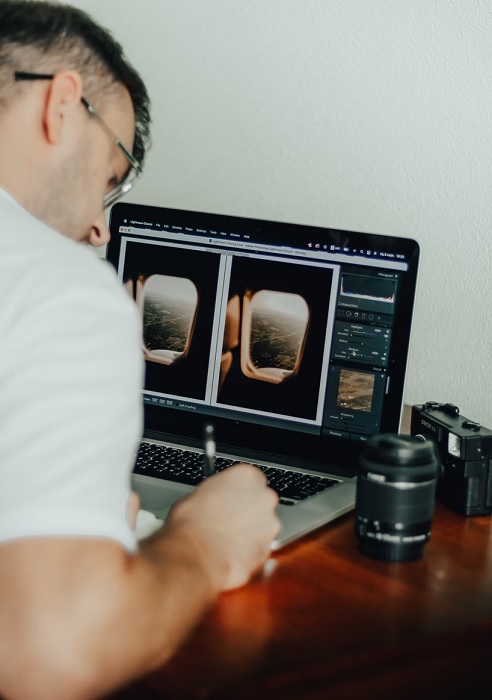
7. Tripod
Not all photographers use tripods. But for some, they’re a vital piece of equipment. And that’s why a tripod should be on your photography equipment list.
Landscape photographers always use a tripod. And they’re also popular in portrait, product, and food photography. A tripod also helps you get long exposures and pairs well with a time-lapse camera.
Big tripods take up a lot of space. And they can be heavy too. But plenty of excellent travel tripods are available for photographers who move around a lot. And there are mini tripods for tabletop photography.
Sports photographers often go for a camera monopod. You still have stability when shooting. But you have more freedom to move with the camera attached.
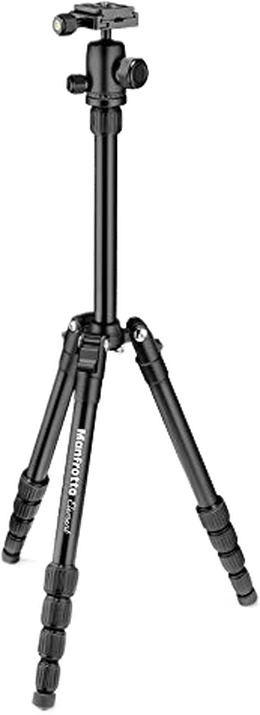
8. External Flash
Photography is all about light. And sometimes, there just isn’t enough. That’s when you need a flash. Some cameras have a built-in flash. But many cameras don’t have one, so you need an external flash.
External flashes connect to your camera using a “hot shoe” connection. Once fitted, the external flash will sync with your camera to give you a flash of light at the perfect moment.
You can also sync several external flashes to one camera for more effects. They’re important camera accessories to have on your list.
The Neewer TT560 and Godox TT685II-N are popular budget picks when you’re just starting.
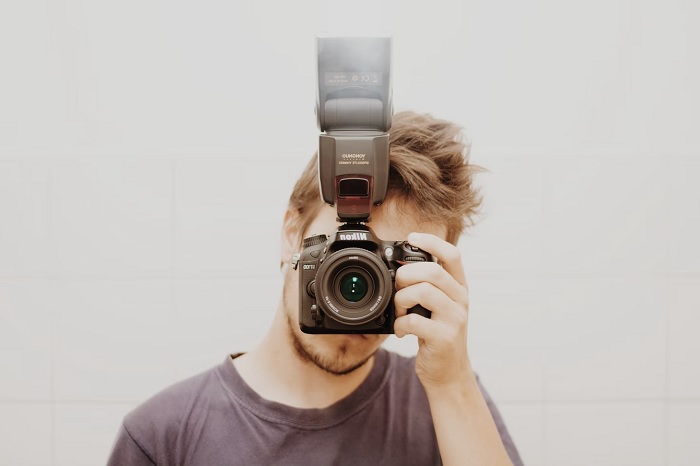
9. External Hard Drive
An external hard drive might not sound like photography gear. But you need digital storage for your images when using a digital camera.
You’ll find that your memory cards, pen drives, and laptop fill up fast! And you need extra digital storage. Then you don’t have to delete photos to make room.
There are large hard drives for your home office. And there are tough and durable portable drives, so you have extra storage when you’re out on location.
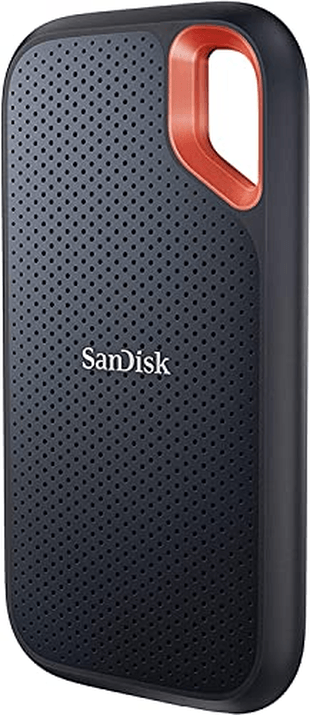
My photo library was a mess before I got my external hard drive. I had files and albums all over the place. There was work on different computers. And I had an unhealthy amount of pen drives.
My portable external hard drive eased my digital storage woes. I was able to store all my files in one place. And I could take it anywhere it needed to go.
Hard drives are definitely an important piece of modern photography gear. Even casual photographers need one.
10. Reflectors
Light reflectors give you more control over light when taking photos. You can create a brighter scene by reflecting light onto your subject.
You can remove unwanted shadows in portrait and product photography. And you can create more contrast in black and white photography.
Not all photographers use a light reflector. They don’t have much use in street and landscape photography. But reflectors are essential in fashion and portrait photography.
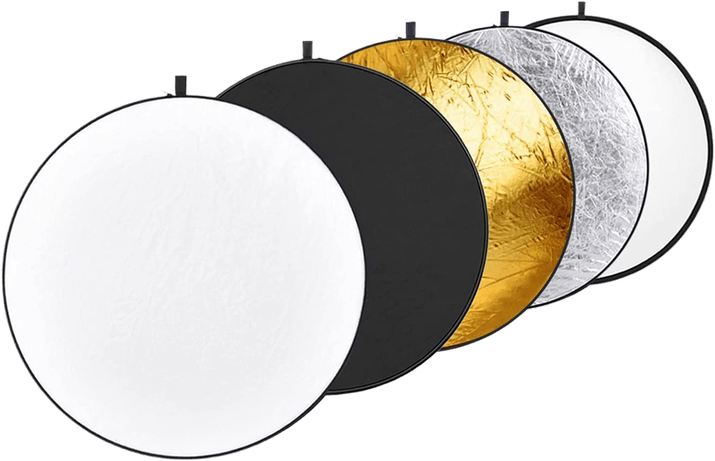
They are vital pieces of photography equipment in a studio setup. And there are portable reflectors for photography shoots on location.
Having met many portrait photographers in my time, I know how much they love light reflectors. And many even lament they didn’t use reflectors earlier in their careers. They completely revolutionize the way you work.
Conclusion
We hope this photography equipment checklist helps you plan and prepare. Whether you’re just entering the world of photography or planning your next big shoot, a gear list can help.
Determine what your essential camera gear is. And you won’t be weighed down by unnecessary camera accessories.
Our list covers the must-have items you should have. The main ones are the camera and lenses. And you also need cleaning tools. Then you have extra items like camera bags, tripods, and flashes.
You can slowly build your photography kit, checking things off as you go. Once you have everything, you’ll be prepared for almost any photography situation. And you’ll want to experiment with even more gear!

